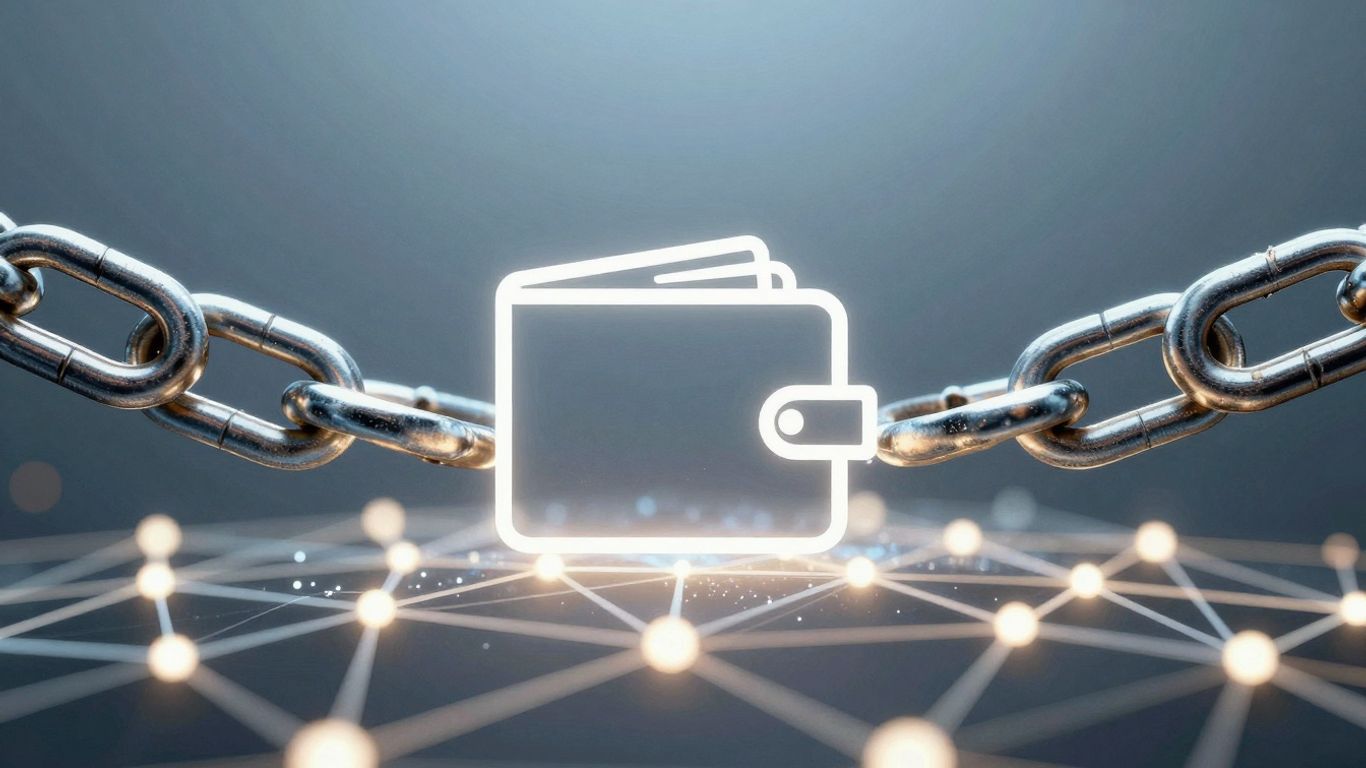[ newsletter ]
Stay ahead of Web3 threats—subscribe to our newsletter for the latest in blockchain security insights and updates.
Thank you! Your submission has been received!
Oops! Something went wrong. Please try again.
Explore the significance of real-time scam detection in blockchain, its tech foundations, and future prospects.





Blockchain technology has revolutionized the way we conduct transactions, but it has also opened the door to a variety of scams. Real-time scam detection is crucial in this space to protect users and maintain trust. This article explores the significance of real-time analysis, the technologies that power it, and the various types of scams that can be detected. We will also look at advanced tools and case studies to understand how these systems work and their future implications.

Real-time analysis is crucial in the blockchain world. It helps identify suspicious activities as they happen, allowing for immediate action. This is especially important because blockchain transactions are often irreversible. Here are some key points:
While real-time detection is vital, it comes with challenges:
Real-time monitoring offers several advantages:
Real-time scam detection is not just about identifying fraud; it's about creating a safer environment for all blockchain users. The proactive use of AI technologies is essential for protecting users and assets in an increasingly complex digital landscape.
Artificial Intelligence (AI) and machine learning are crucial in identifying scams in real-time. These technologies analyze vast amounts of data quickly, allowing for the detection of unusual patterns that may indicate fraudulent activity. AI algorithms can learn from past scams, improving their accuracy over time. Here are some key points:
Blockchain technology plays a significant role in preventing fraud. At its core, blockchain technology offers a secure, tamper-proof ledger that maintains data integrity and prevents unauthorized alterations. This transparency helps in tracking transactions and identifying suspicious activities. Key features include:
Cross-chain analysis involves examining transactions across different blockchain networks. This method enhances security by identifying patterns that may not be visible within a single blockchain. Benefits include:
By leveraging these technologies, we can create a more secure blockchain ecosystem that is better equipped to detect and prevent scams.
Ponzi schemes promise high returns with little risk, attracting investors to pay returns to earlier investors using the capital from new investors. These scams can be hard to spot because they often look legitimate at first. Detection methods include:
Rug pulls occur when developers abandon a project after attracting investments, leaving investors with worthless tokens. Fake token offerings can also mislead investors. To detect these scams, one can:
Phishing scams trick users into giving away their private keys or sensitive information. Honeypot contracts lure users into investing, only to trap their funds. To combat these threats, it’s essential to:
Blockchain technology is powerful, but it also attracts fraudsters. Staying informed and vigilant is key to protecting your assets.
AI technology plays a crucial role in detecting scams in real-time. These systems analyze vast amounts of data to identify suspicious activities. They can:
Understanding a user's digital footprint is essential for identifying scams. This technique involves:
Wallets can be linked to scams or illicit activities. Real-time assessments help users avoid risks by:
By leveraging these advanced tools, the blockchain community can significantly reduce the impact of scams and enhance overall security. The Veritas blog emphasizes the importance of AI in smart contract audits and the need for continuous monitoring to protect users from scams.

In recent years, several real-world applications of blockchain technology have successfully detected scams. Here are a few notable examples:
The blockchain community has learned valuable lessons from past scams, which have shaped current detection strategies:
The future of real-time scam detection in blockchain looks promising. With advancements in technology, we can expect:
The integration of real-time monitoring and advanced technologies is crucial for building a secure blockchain ecosystem.
The future of real-time scam detection in blockchain is bright, driven by innovative technologies. As blockchain continues to evolve, new tools and methods will emerge to enhance security. For instance, AI and machine learning will play a crucial role in identifying scams faster and more accurately. These technologies can analyze vast amounts of data in real-time, allowing for quicker responses to suspicious activities.
As the technology advances, so do the regulatory challenges. Governments and organizations will need to create frameworks that ensure user privacy while also preventing fraud. This balance is essential to maintain trust in blockchain systems. Additionally, regulations will need to adapt to the rapid pace of technological change, which can be a significant hurdle.
To create a secure blockchain environment, collaboration among various stakeholders is vital. Here are some key steps to consider:
The integration of advanced technologies and regulatory frameworks will be essential for a secure blockchain future.
In conclusion, the future of real-time scam detection in blockchain will rely on a combination of emerging technologies, regulatory adaptations, and collaborative efforts to build a secure ecosystem.
In conclusion, real-time scam detection in blockchain technology is crucial for keeping users safe. As cryptocurrencies grow in popularity, so do the scams that target them. By using advanced tools and techniques, we can spot suspicious activities quickly. This helps protect users from losing their money and keeps the blockchain ecosystem secure. Moving forward, it’s important to keep improving these detection methods to stay ahead of scammers. With better technology and awareness, we can make blockchain a safer place for everyone.
Real-time scam detection in blockchain means using technology to spot scams as they happen. This helps keep users safe from fraud.
Real-time monitoring is crucial because it allows for quick responses to scams, preventing losses before they happen.
Some challenges include the fast pace of transactions, the complexity of scams, and the need for constant updates to detection methods.
AI helps by analyzing large amounts of data quickly to find patterns that may indicate a scam.
Common scams include Ponzi schemes, fake token offerings, and phishing attacks.
The future includes better technology, more regulations, and improved methods for keeping blockchain users safe.


